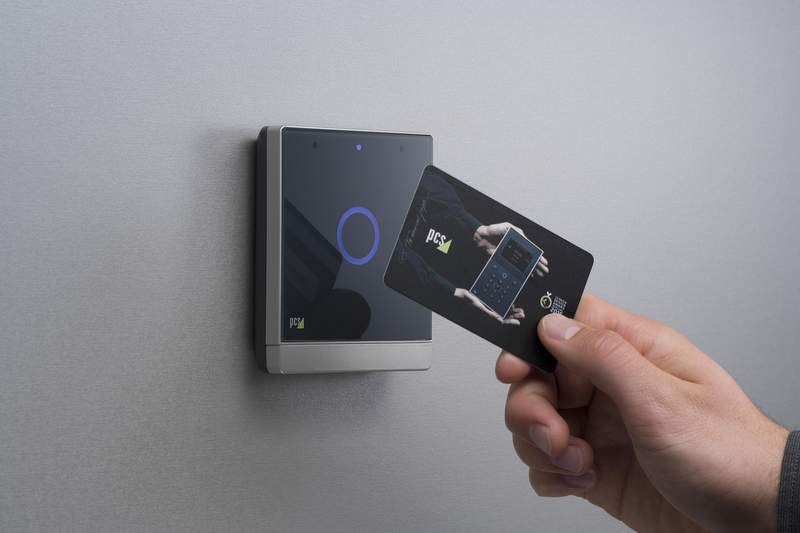The new day registration law obliges companies to keep a daily record of the start and end times of their workers’ day. Organizations, especially those that focus on human capital management, have different alternatives when it comes to supervising the work activity of their employees but not all of them adapt to all job profiles or offer the same data reliability.

The effectiveness of the systems chosen should not be at odds with the satisfaction of the employees who are going to be exposed to them since, if so, their motivation would be affected and with that their productivity could suffer the consequences.
Time control systems
Basically, a system of hourly control is all that with which the hours of entry and exit of the employees of a company are supervised. Its objective is to evaluate the number of hours they work, punctuality or incidents that may occur throughout the day. When choosing a time control system, you must take into account all the possibilities available today in the market, its pros and cons. Among the most used methods are the following.
- The versatile systems: An agile and flexible system that adapts adaptable to the different work situations and types of workers (teleworking, flexible hours, staff that develops their day at the headquarters of customers, etc.) and can be used from various devices such as computers or mobile phones. In short, systems that allow entry and exit times to be collected through the manual report of the employees themselves or fully automatically and in real-time, making it easier to obtain reports per day. Time control software which allows you to keep an exhaustive control of the working day as required by the new law of time control and is a versatile system that allows both registrations through your mobile app.
- Online declarative systems: another alternative to keep track of entry and exit and monitor the schedule, is to use other presence control software: Employees often access a web environment to mark when they start and finish their workday. They are declarative tools that, therefore, may be subject to error while only providing presence data.
- The signing systems: incompatible with the new work environments (telecommuting, flexible hours, etc.).
- Cards with magnetic stripe: its operation is simple, each employee must pass his card through the reader both at the entrance and at the exit. The card has a magnetic strip that can be read by an electronic device, and that is where the employee’s information is registered in each case.
- Card control systems: these systems are undoubtedly the most used, and their common feature is the presence of magnetic strips, bar codes, etc. whose information is collected through a reader enabled for it at the place of access to the company or the position.
- Proximity cards: this type of cards uses RFID technology (an acronym for Radio Frequency Identification). A proximity card is a plastic card that has an integrated circuit and a communication antenna embedded in its core. Each copy contains a serial number that is read by radio frequency, typically 125kHz. Proximity cards are capable of transmitting when a unique code, of more than 1 billion possible combinations, is approached to the appropriate reader. Its durability is superior to those of the band since the reading occurs without physical contact, so the deterioration is minimal.
- Biometric control systems: they are very sophisticated and exciting systems because they eliminate the most common frauds. They are the result of the application of mathematical and statistical techniques on the physical or behavioral features of a person to verify identities or identify people. As an example of physical characteristics would be fingerprints, facial patterns, retinas, the iris or the geometry of the palm of the hand. Its primary disadvantage is its high implementation price, due to the cost of the technology they use.
Using the tools above will make it easier for us to control the work performance of employees.





